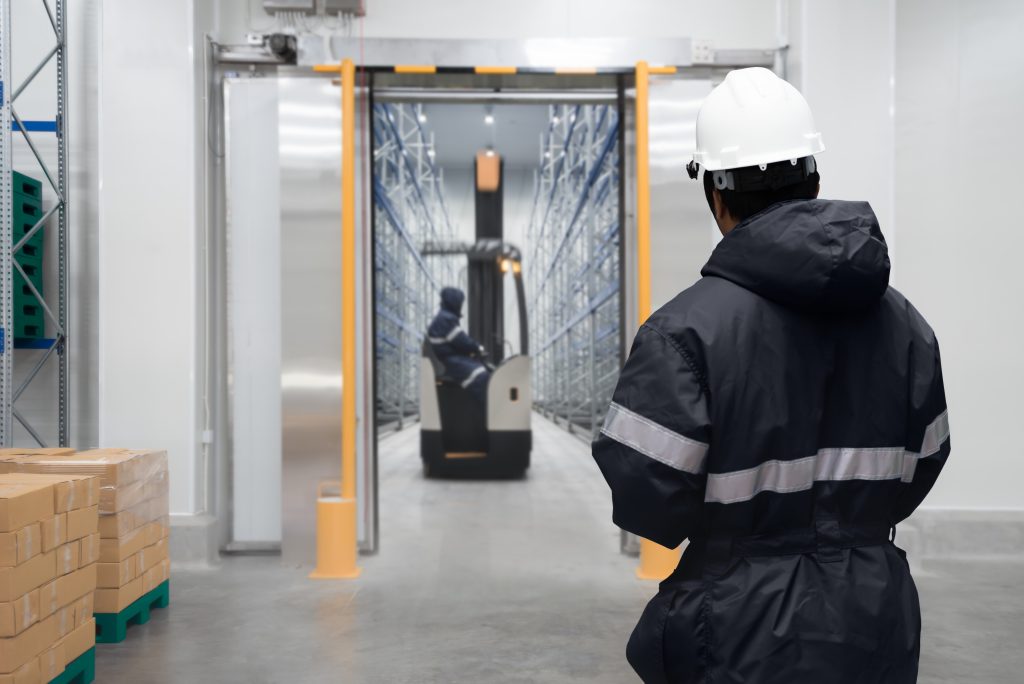
IoT in Cold Chain Monitoring for Life Sciences
Share
In the life sciences, precision and preservation are critical—especially in cold storage environments. By combining IoT technology with advanced temperature monitoring, industries like pharmaceuticals can enhance product quality and operational efficiency. This post explores how IoT is transforming cold chain management for scientists, quality assurance specialists, and cold storage professionals.
The Cold Chain Imperative
The term “cold chain” refers to the process of keeping a product within specific temperature limits throughout its journey—from the point of manufacture to its final point of use. This includes maintaining temperature control during storage, handling, and transport.
Why is this level of precision so important? Many life science products—such as vaccines, blood derivatives, and certain medications—are highly sensitive to temperature fluctuations. Even a minor deviation from the recommended range can lead to product degradation, reduced effectiveness, or in the case of vaccines and biologics, potential safety risks for patients. Poor cold chain management can result in substantial losses, not only in terms of wasted product worth billions of dollars, but also in terms of regulatory liability and reputational damage. In essence, the cold chain is not just a logistical challenge—it’s a critical component of product integrity and patient safety.
The header of the sustainable approach in perishable goods storage is the IoT advantage
Internet of things –the network of devices that transmits and store data, made the world a more connected place. The case of cold chain monitoring can also be changed in exciting scenarios thanks to the Internet of Things technology. IoT sensors that are equipped to facilitate data gathering under storage conditions, transportation, and refrigeration systems, can constantly feed real-time data of temperature, humidity and other critical environmental analytics.
The use of the Internet of Things can be seen as the most significant breakthrough in cold storage monitoring. Some of the most significant advantages include:
- Data-Driven Decision Making: IoT sensors continuously send data to a central platform, giving stakeholders access to real-time and historical insights. This helps staff identify warning signs, understand the causes of technical issues, and take timely action to maintain ideal thermal conditions in cold storage.
- Risk Mitigation: Environmental monitoring systems trigger alerts when temperature fluctuations occur, allowing rapid response before any damage is done to stored products. Quick intervention improves product value and ensures integrity is maintained.
- Compliance and Auditing: Life sciences facilities face strict regulatory requirements. IoT enables interconnected systems that provide detailed, time-stamped records of temperature and system responses—supporting compliance and simplifying audits with accurate documentation.
- Operational Efficiency: IoT offers greater visibility into cooling system performance, allowing for optimised maintenance schedules that reduce operational costs and extend equipment lifespan.
- Sustainability: Smart temperature management supported by IoT data can reduce energy use and promote sustainable, environmentally responsible practices within life science operations.

Using Internet of Things (IoT) to improve your overall cold storage system performance
The IoT implementation in cold storage is a complex multi-step process. Here’s a general roadmap to get you started:
Step 1: Conduct Diagnostic Tests
Start by analyzing the cold storage structure you have now. Include the survey of the cooling devices and organizations of the storage lot and zones which have temperature changes.
Step 2: Pick The Most Effective IoT Option
Choose a partner among monitoring solution providers that has the knowledge of the cold storage required for the life science sector. Consider factors such as capabilities, scalability, and technology adoption. The chosen solution has to be equipped with all the desired and must be incorporating an effective data analytics platform. It should also be having a user friendly interface.
Step 3: Set Alarm Parameters and Alarm Triggers Criteria
Work with the monitoring solution suppliers so you can set the right threshold for ideal temperature and humidity levels suitable for your products. Design program alarm models to activate, when readings overshoot designated thresholds.
Step 5: Programming and the human factor
Staff should be trained on the new environmental monitoring system, and a process change management should be segmented to integrate IoT data into their working routines and decisions.
Step 6: Data Utilization
Use the big data from the Environmental monitoring system to bring process improvement, identify network faults and ensure the quality of the cold chain.
Ready to optimise your cold chain operations with smarter, data-driven solutions? Fill in the contact form below to get in touch with our team—we’re here to answer your questions and help you find the right solution for your needs.
